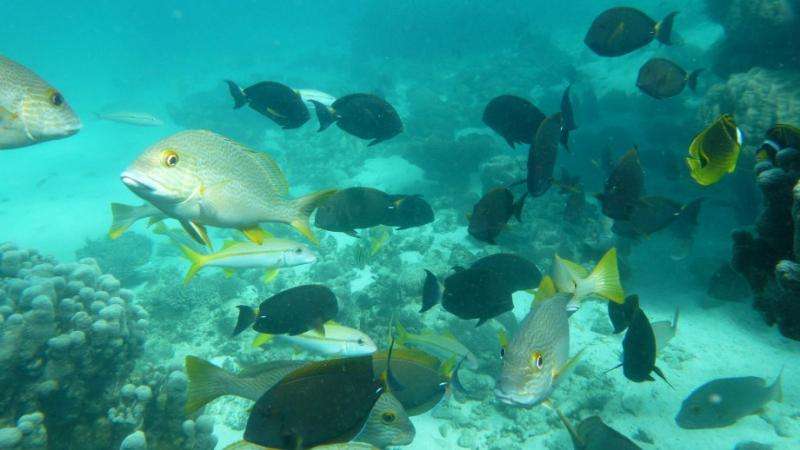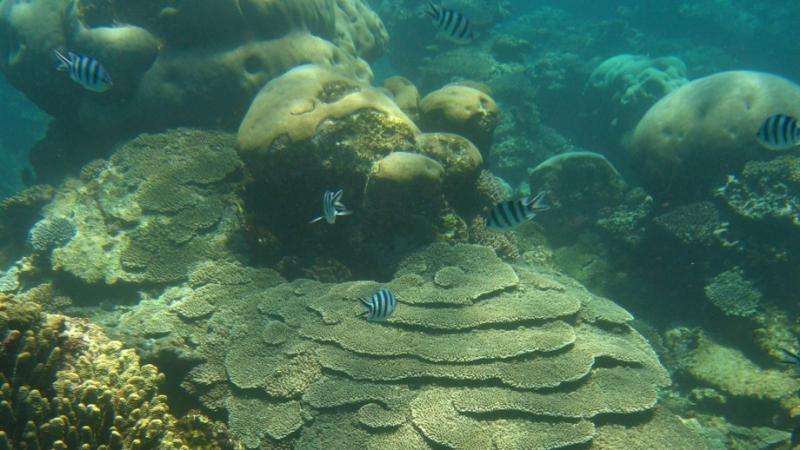Cost-effective conservation helps species bounce back

Researchers have developed a way to help ecosystems bounce back after human disturbances such as shipping, oil exploration or fishing, and have applied it to a coral reef fish species.
The method helps conservation managers create a cost-effective plan to bring species back from the brink of extinction in a local area, by building connections with the same species in nearby locations.
"The world is subject to nasty surprises, and this work for the first time shows how to promote faster species recovery following such a surprise," said Professor Quentin Grafton from the Crawford School of Public Policy at The Australian National University (ANU).
The cost of environmental damage can be substantial, and this new method developed jointly by ANU and CSIRO has the potential to quantify the cost and help direct resources for the best environmental outcomes.
"We show how to calculate the cost of offsetting environmental damage, which will help environmental managers make cost-effective decisions within their financial constraints," said Dr Richard Little from CSIRO Oceans and Atmosphere.
The method uses an ecological trait called resilience, which is based on connections between separate populations of the same species.
By optimising the connections between the different populations, the technique will enable conservation staff to work out the best course of recovery if an incident all but wipes out the species in one area.

"You can offset permanent loss of one ecological function by investment in another," said Professor Grafton.
The approach was specifically applied to a simulated disaster among spangled emperors, a coral reef fish, at Ningaloo Reef in Western Australia.
The method's power comes from simple principles that can be applied to complex ecosystems, Dr Little said.
"In a complicated world, the key result was simply sketched out on a white board."
More information: "Environmental offsets, resilience and cost-effective conservation." Royal Society Open Science. DOI: 10.1098/rsos.140521
Journal information: Royal Society Open Science
Provided by Australian National University




















